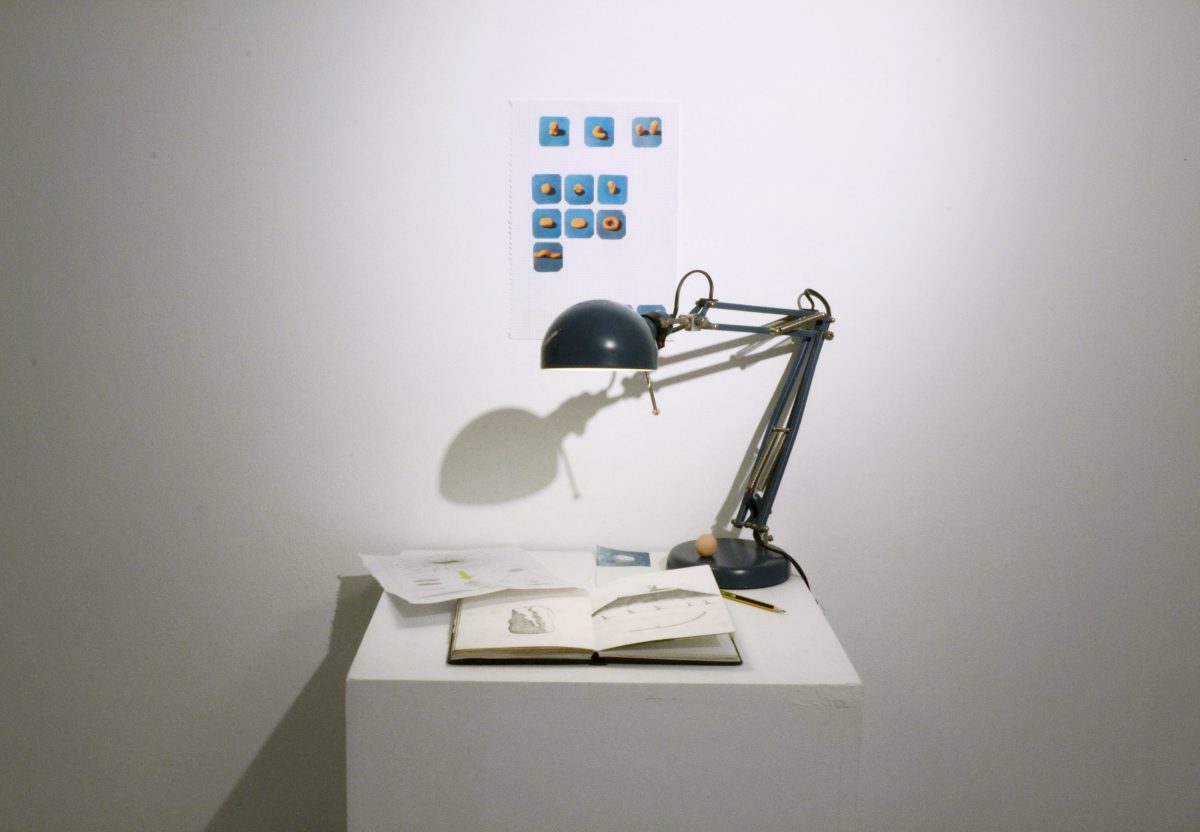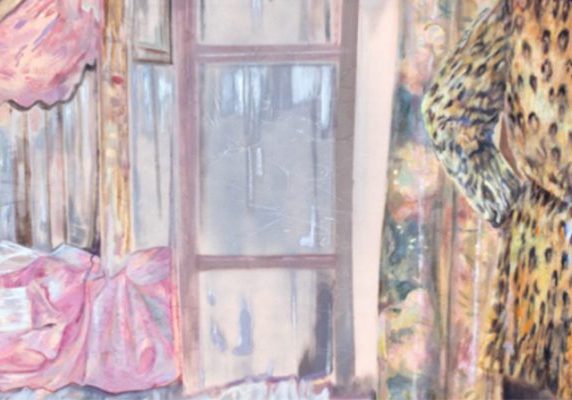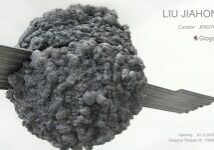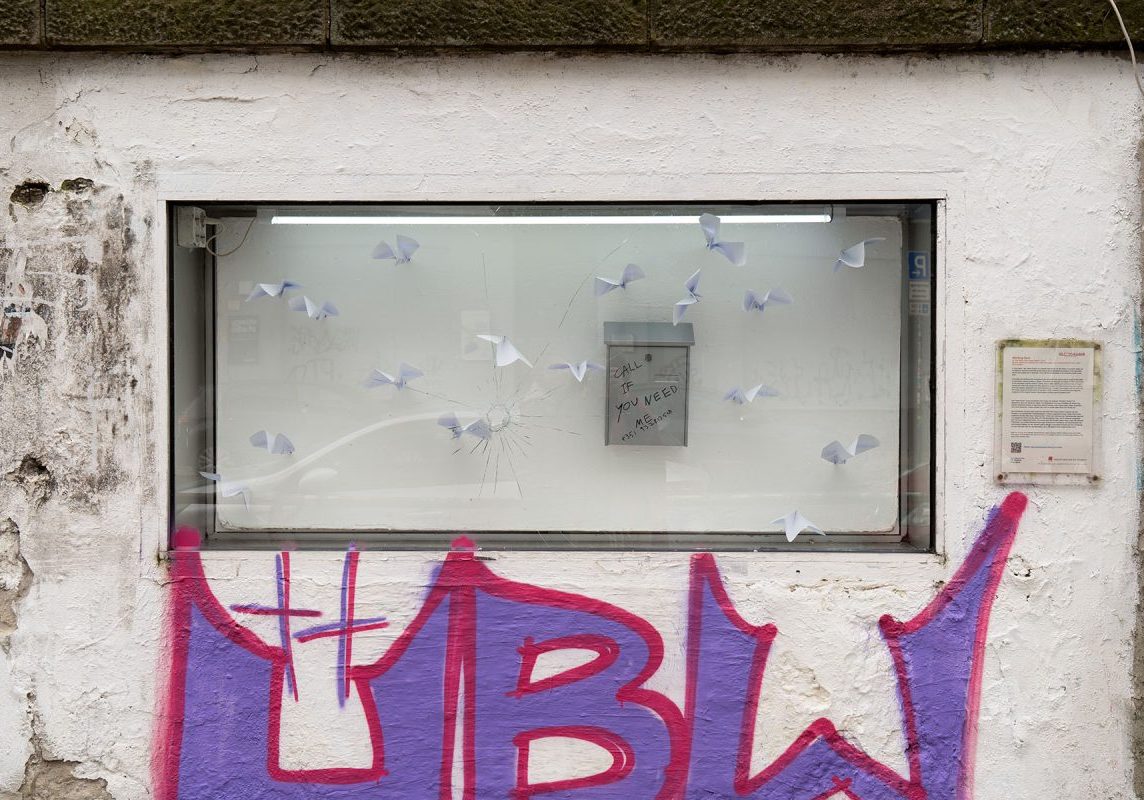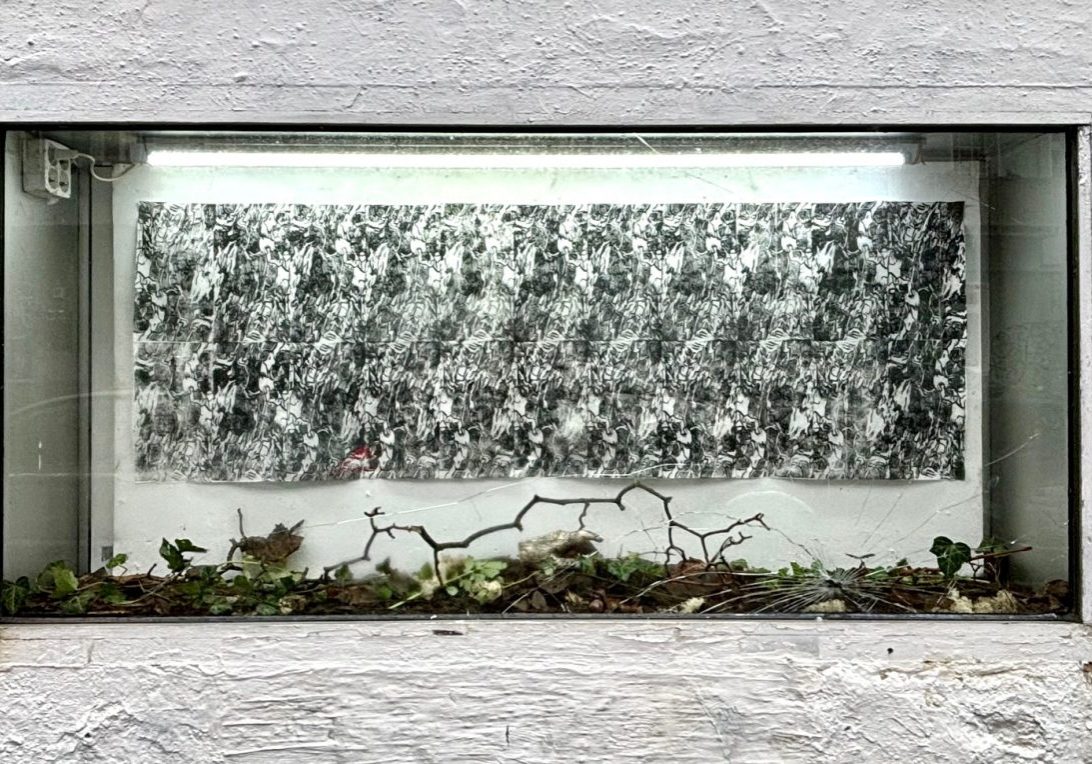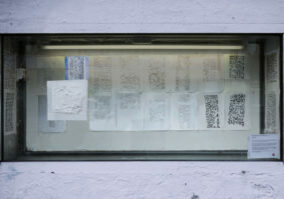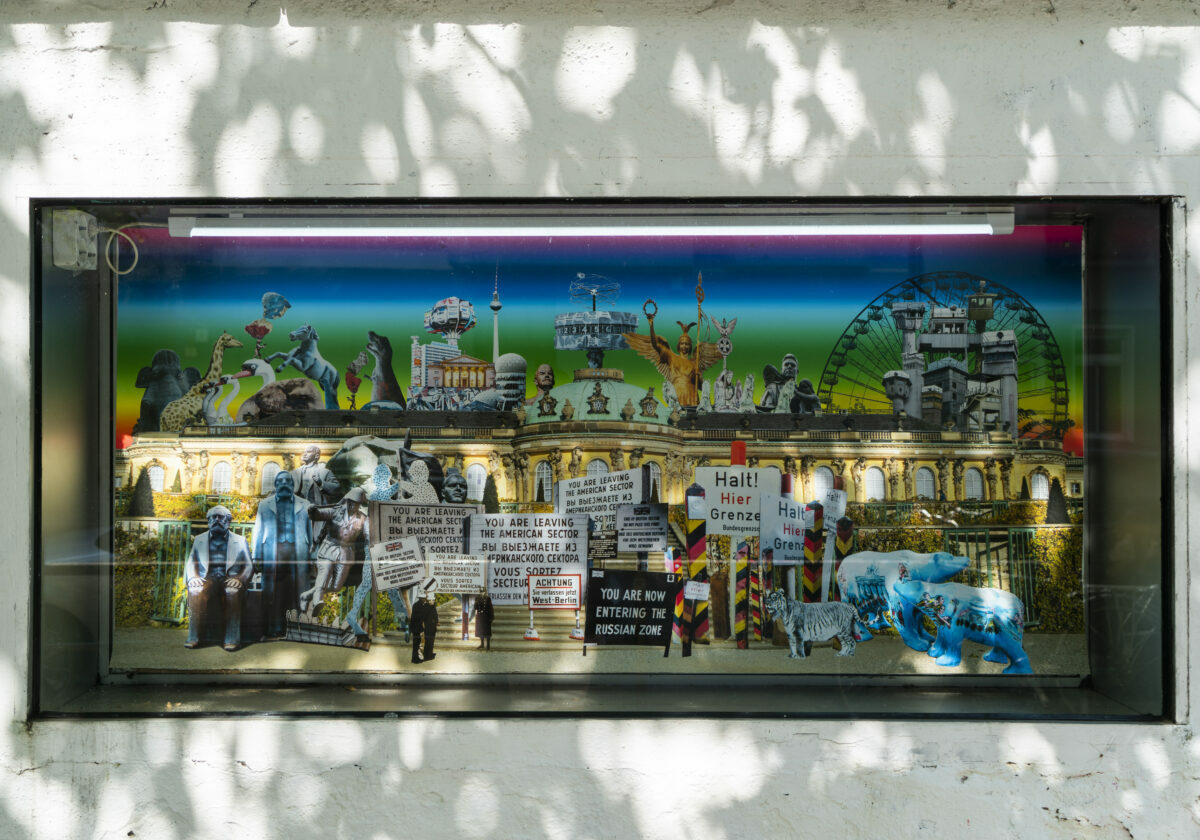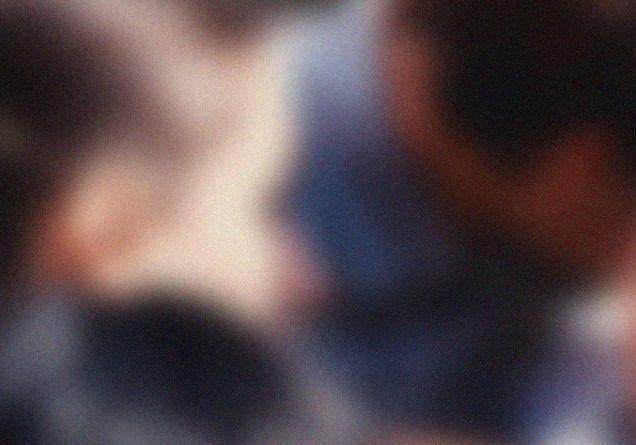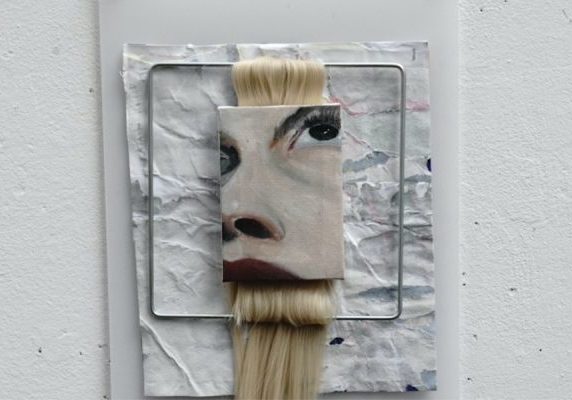Meet the On-line Artist // Lucía Mir
Lucia Mir (@luciamir_) is a Spanish painter specialised in oil painting and drawing. She works with exploration of intimacy in silent spaces and the intrinsic metaphysics of represented and transformed objects in a constant play of appearances and disappearances.
In her project, she presents recognizable objects from the collective imaginary, immersing the audience in a narrative without a clearly defined beginning or end. In the project developed as a fragment story, dreams and memories are evoked. By recreating a simple and silent environment, the project seeks to generate the surprises of finding stories and images throughout her creations.
Who are you? Tell us about yourself and where are you from
My name is Lucía Mir, and I was born in Elche (Spain). Since 2018, I am based in Valencia, where I studied Bachelor’s degree in Fine Arts. I focus on drawing and painting, but I also enjoy experimenting in areas such as photography, digital illustration, printmaking and freelance publishing.
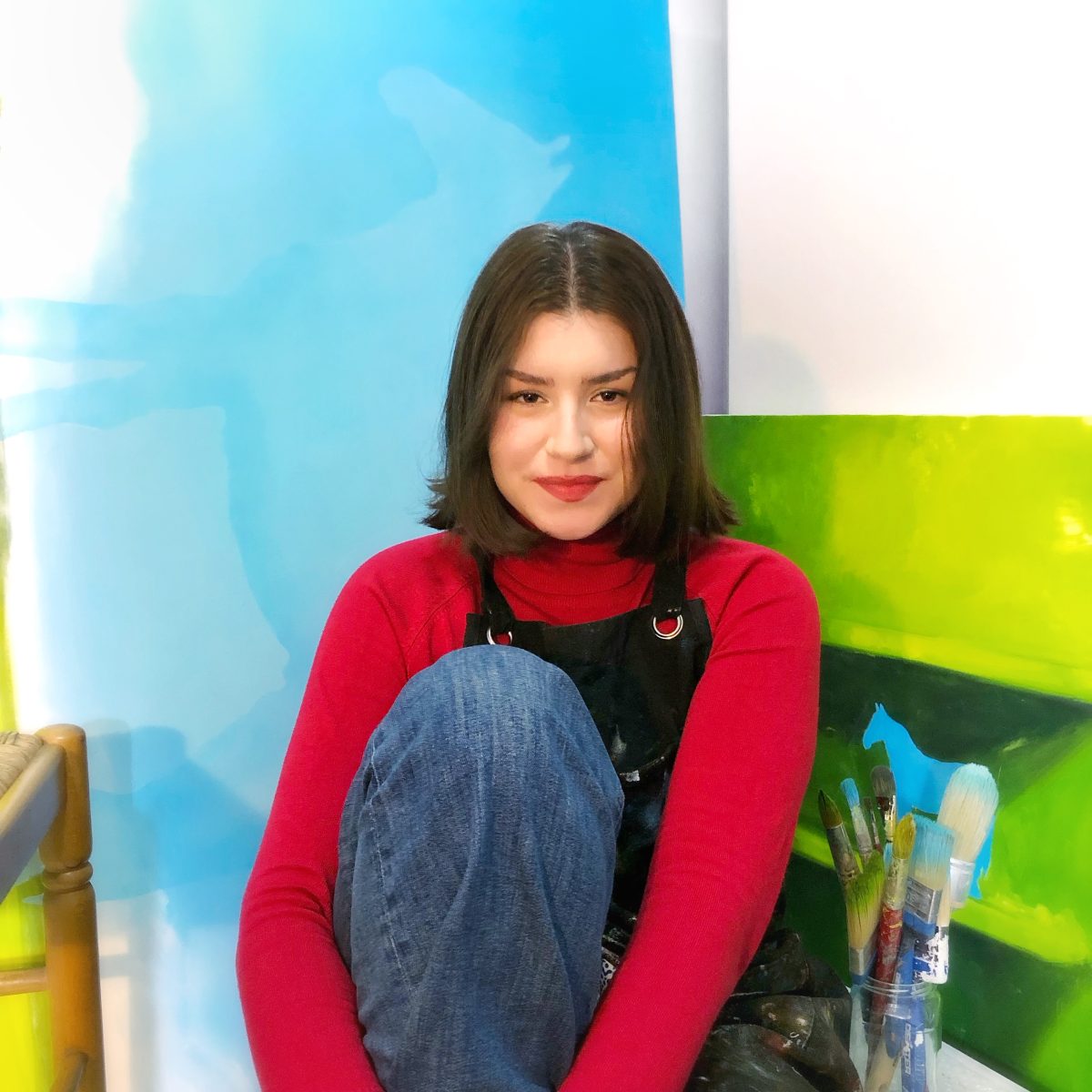
How would you describe your artistic practice?
My artistic focus is mainly on drawing and painting. The relationship between drawing and painting has always been crucial in all my projects and in my personal connection to artistic creation. For me, drawing has been the most accessible tool to give form to all the ideas in my mind and turn them into tangible works. These ideas are often not explored on large canvases; instead, they are played with in more intimate spaces, sheltered in the refuge of a sketchbook. We need a safe space where spontaneity thrives, and the interconnection of ideas can trigger the creation of meaningful works. However, I acknowledge the risk associated with this approach. It’s easy to get caught up in the sketchbook, accumulating hundreds of A5-sized ideas that never see the light of day.
As an artist, I have continuously questioned the distintion between the sketch and the final work, always trying not to diminish or relegate the art of drawing to a secondary position. The question arises: At what point is a drawing considered just a sketch? Can sketches be viewed as final works in their own right? And what happens when we create a preliminary drawing for a work that we never bring to fruition? Is that drawing the resulting work itself, or is it more the memory of something incomplete?
I have many techniques and aspects of what I learnt in drawing that I have always wanted to transfer to painting. They are all related to the ease of the hand, the quick and intuitive strokes…. This has always been a very important objective for me. This is something that I think I have overcome during this project and I will improve with time.
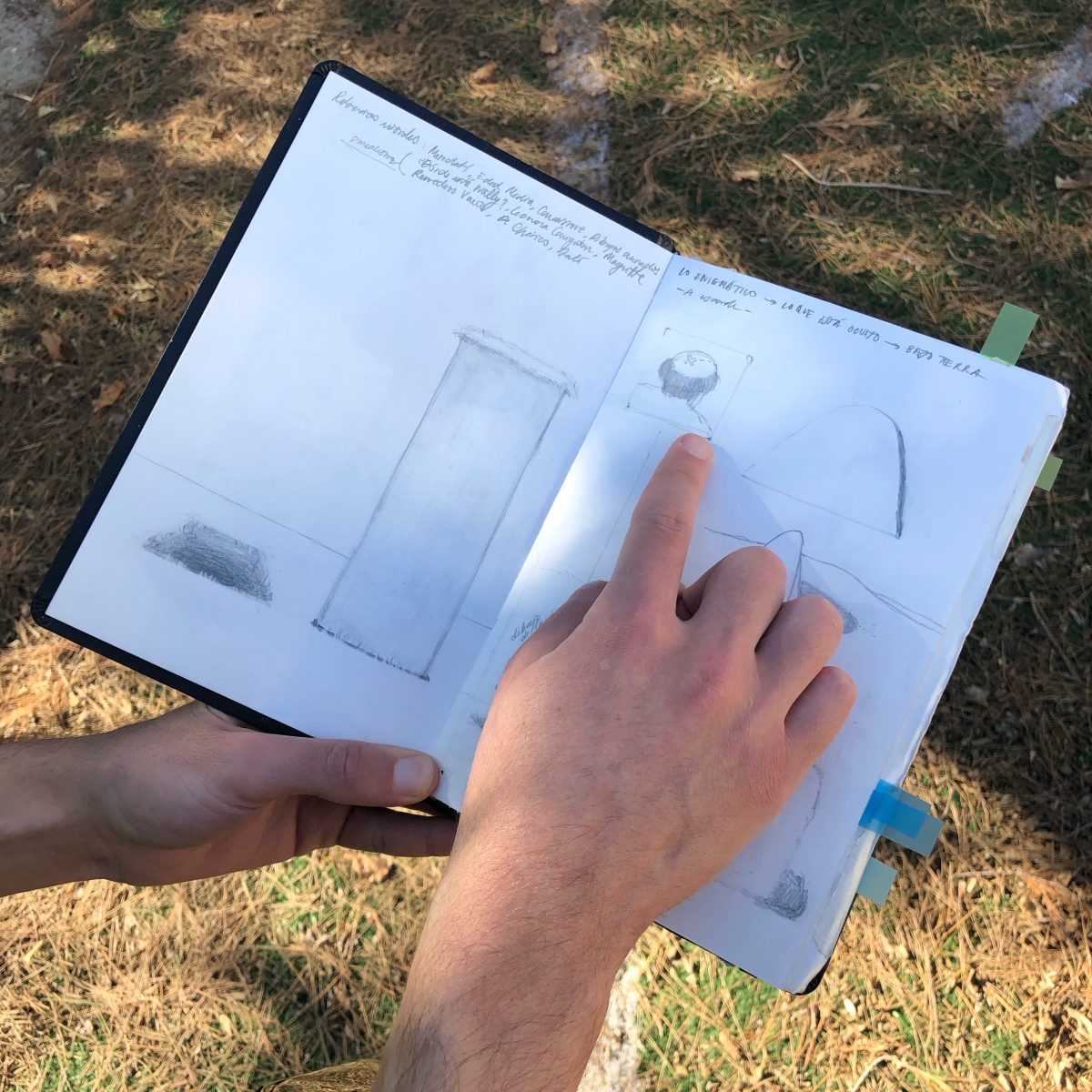
How do you build your own imaginary?
I like to think that all our imaginary is conceived thanks to our experiences and images seen, which are installed in our memory. So, I believe that everything I visualise and wish to capture on paper or canvas is simply an amalgam of everyday experiences. Whether during my travels, my walks, visits to museums or when I immerse myself in reading a good book, these little experiences become sources of inspiration. From these moments, ideas emerge and are continuously moulded in my sketchbook until I can perceive that they come to life and function as a work of art.
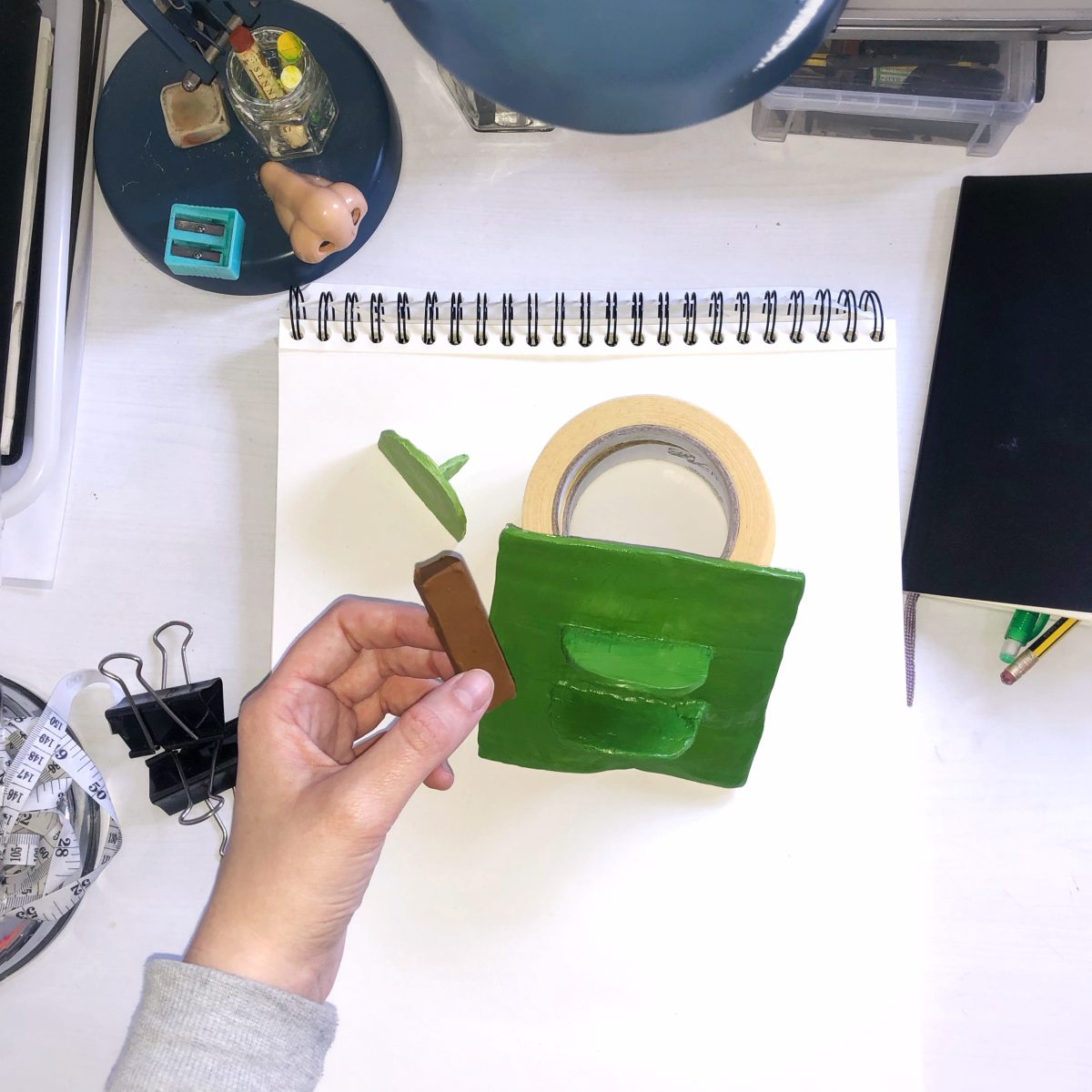
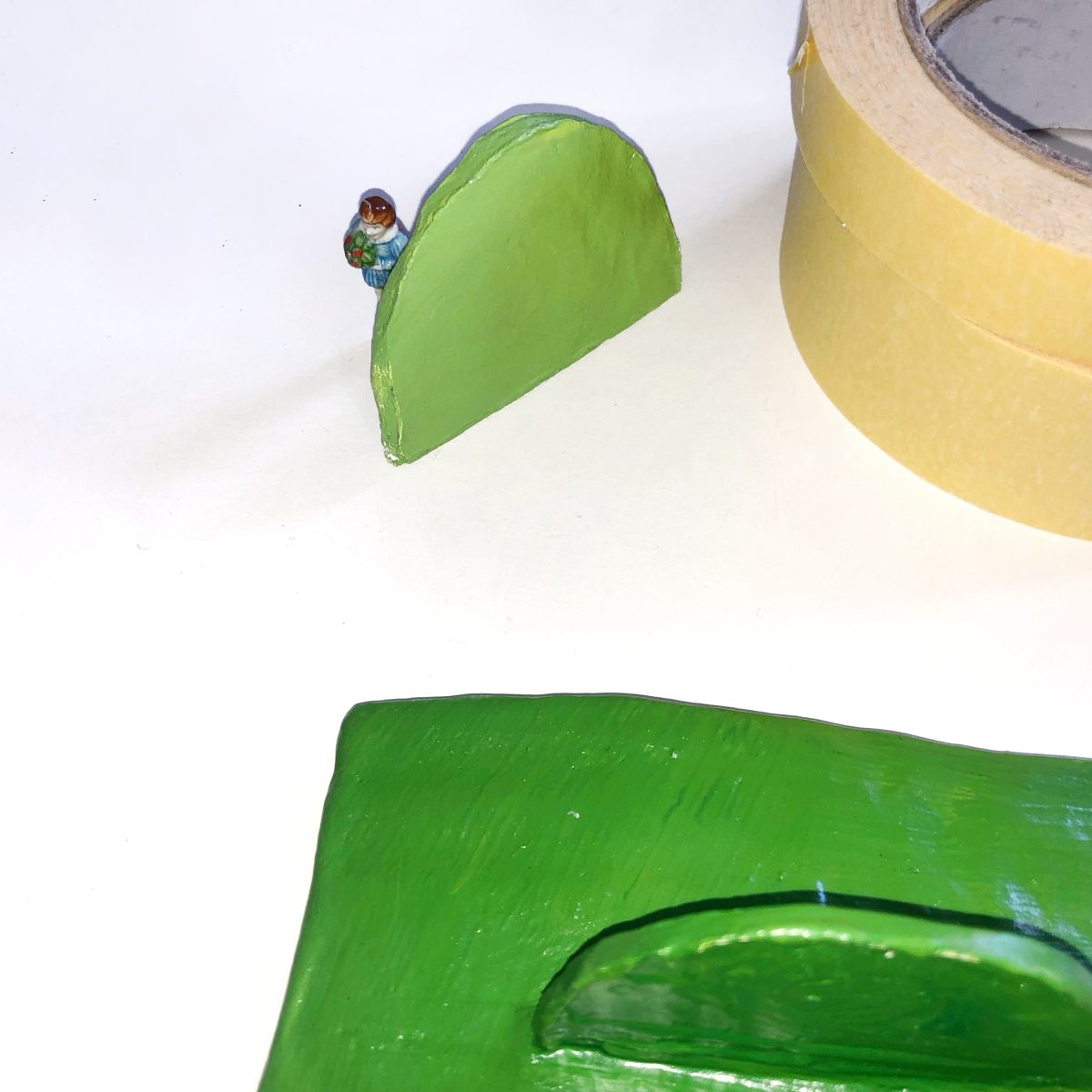
What is your methodology or process for creating a new project?
Honestly, everything usually starts with a specific idea. Sometimes that idea is quite abstract and takes time to take shape and make sense. And other times, the idea is so specific that I adapt to it completely from the start. However, regardless of the initial clarity, the direction of the project always changes during the production of the works.
Many of these project ideas arise from immersion in previous projects. Subsequently, I initiate the process of reference selection and brainstorming that develops organically. My main tools for this process are the sketchbook and the iPad using Procreate.
After this, I go into my studio and stay there for months :)
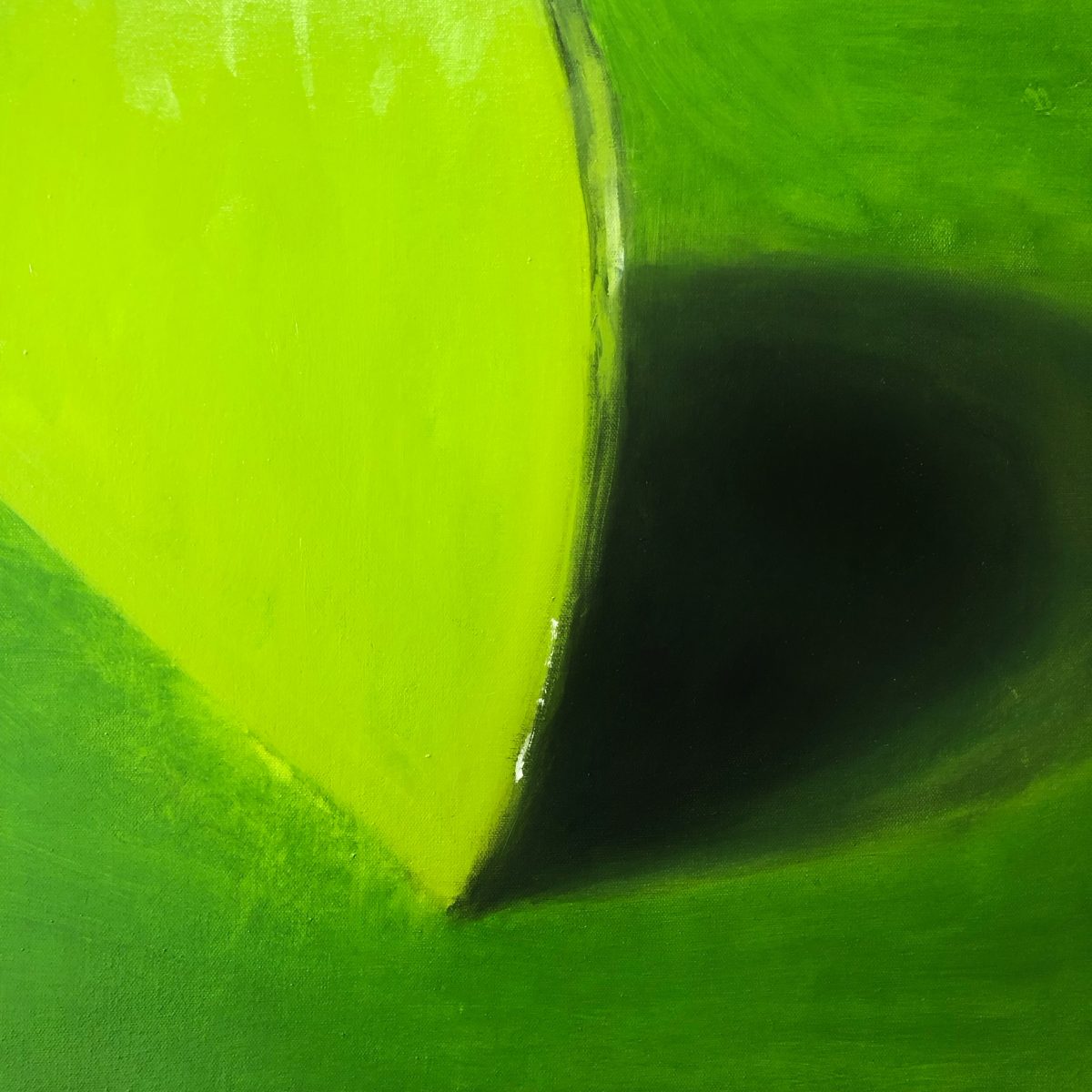
Your paintings represent bizarre and almost impossible scenarios, how do you plan and design those scenes that you represent?
Models, yes! I use mock-ups that I build with plasticine or air-drying clay. These models are useful when I want to represent in a painting a specific object or element that I have never seen before in reality. So I create a model and paint it with the corresponding colour to observe how it affects the light and what shadows it acquires.
Then, I imagine it placed in a specific space and I try to make it coherent and understandable. For this project, I have placed them in a green meadow with a blue sky.
As I understand it, what gives a work its bizarre or grotesque quality is that balance between the imagined and the real. That is why in my works I fuse elements that are recognisable to the viewer with others that arise from the imaginative sphere. This discursive approach can resonate with surrealism.
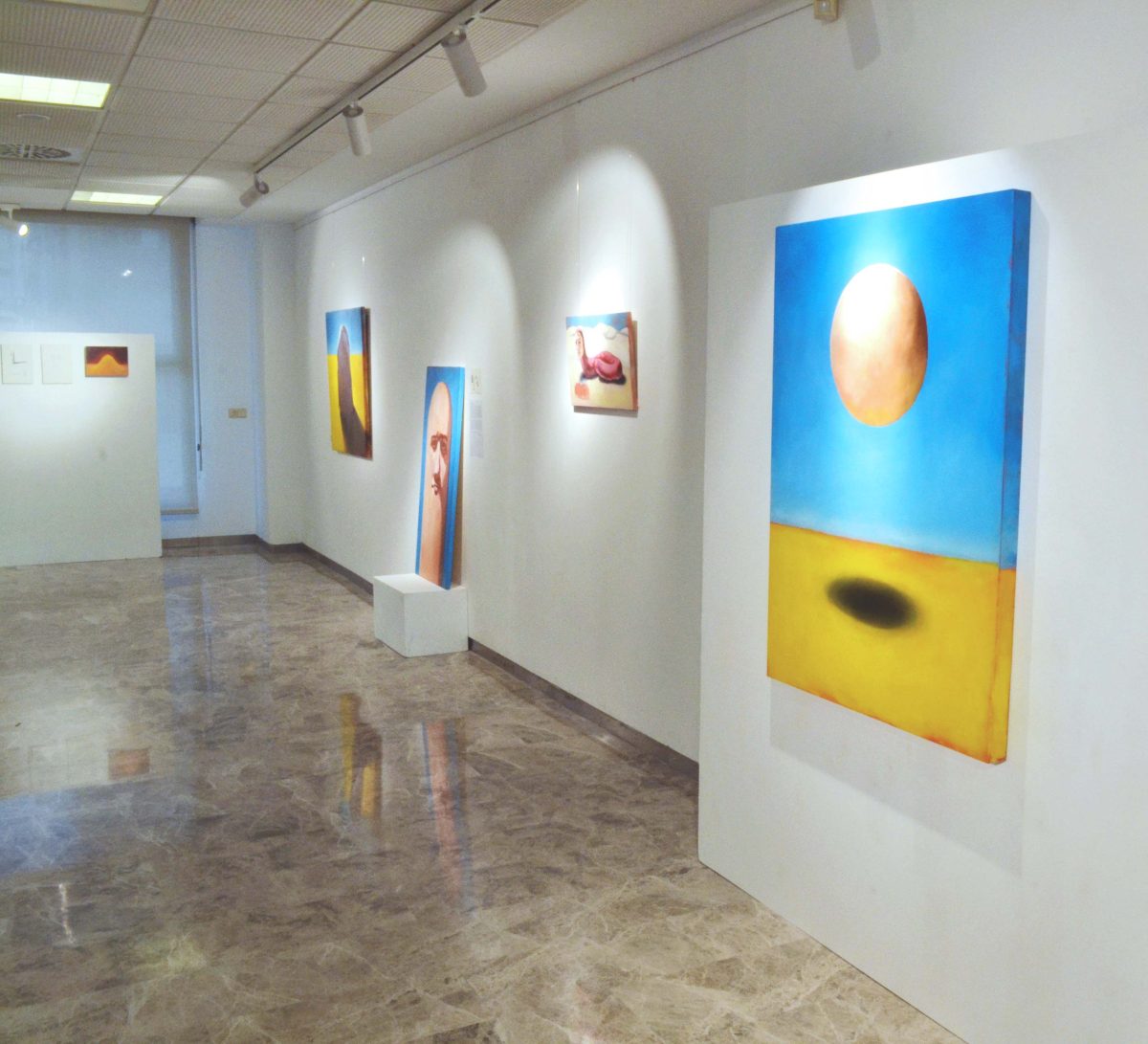
What is the project you are developing during your Online Residency at GlogauAIR?
I decided to focus on this project because I had been reflecting for some time on all this illusory imaginary that I had created in my head thanks to my various referential sources and thanks to my previous project called ‘The stone of madness’. The concept was clear to me, although now perhaps I can explain it better. I usually base my works on imaginary spaces that do not belong to any real location or time. In this case, it could be a meadow, a field or even a labyrinth. However, the most faithful answer to the origin of all these images is probably that a meadow with green grass and a blue sky is the closest thing we have in our collective imagination to daydreaming: a cosy place for all those people who want to put their mind in a calm and quiet place.
From a simple and silent setting, we can begin to create all the scenes or images from which we want to extract something surprising and, why not? Mysterious. The work must awaken in the viewer the desire to know more about what is represented. For me, it is really important to maintain intrigue and bewilderment: what is behind that hill? where does that black hole lead to?
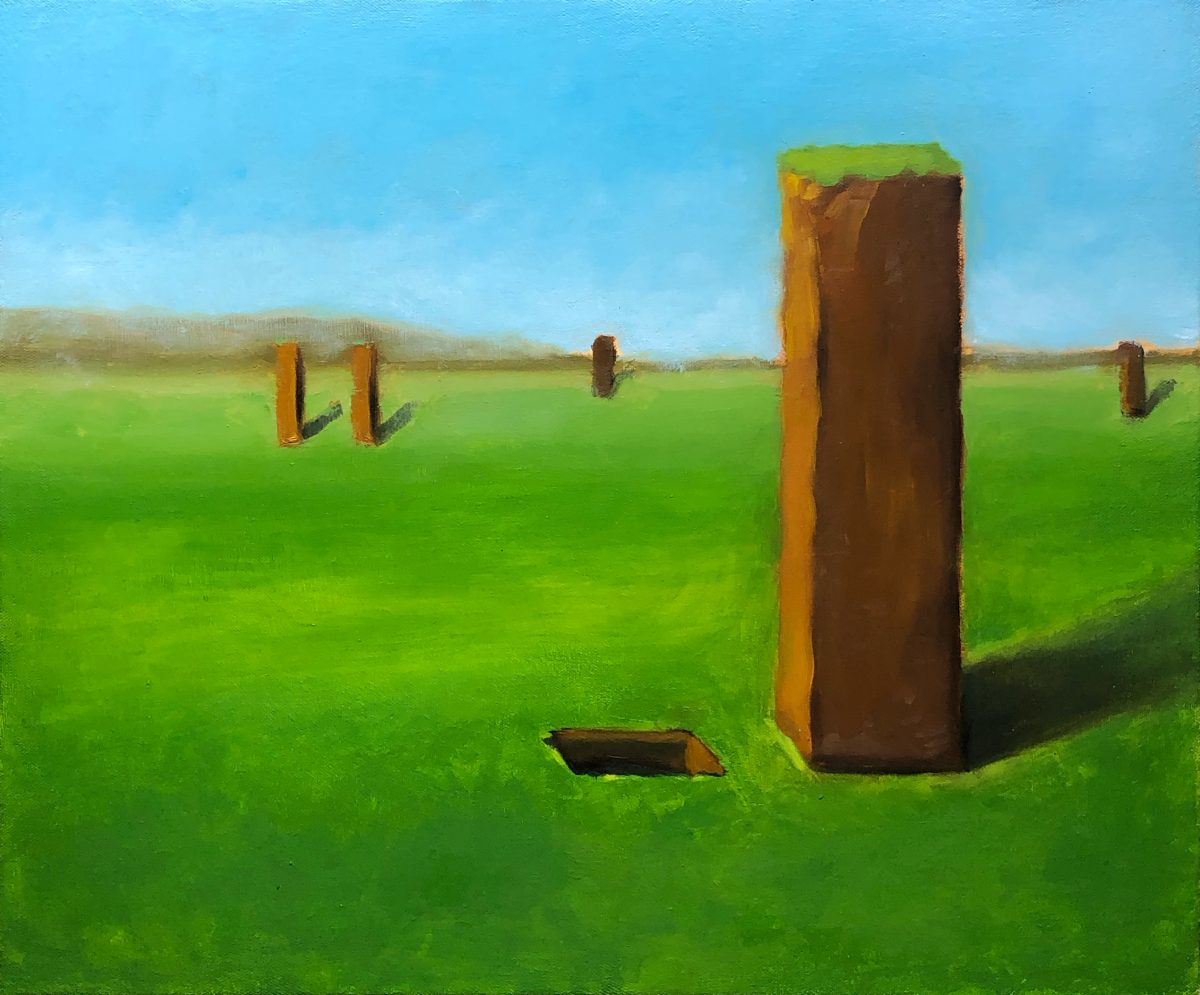
What would you like to achieve in the next five years?
In the next five years, my vision is to reach a more stable position in the field of artistic creation. I aspire to dedicate my working time to the development of projects similar to this one, transforming them into long-term sustainable initiatives. I am attracted to various artistic fieldscurrents, such as illustration or publishing. However, I believe I can harmoniously reconcile these interests in a harmonious way.
With an optimistic approach, I hope to be able to choose where to devote my projects and continue my education in the same way as I have been doing so far.
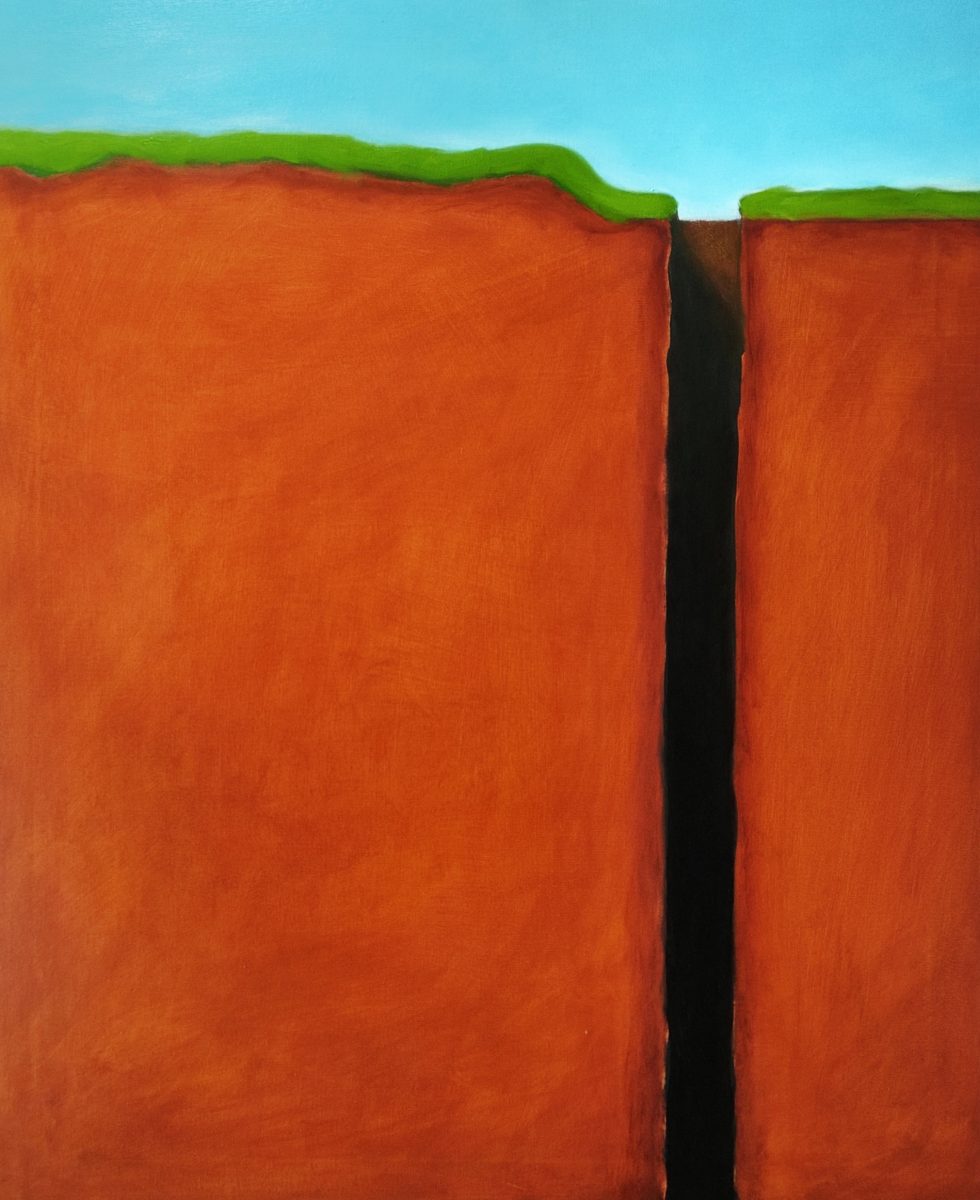
How do you understand the role of a contemporary artist? Specially young and starting to grow their career in the arts
From an outsider’s point of view, someone who chooses to be a contemporary artist is perceived as someone who is willing to take risks in general. It is someone who chooses to dedicate long periods of work without expecting an immediate reward, motivated by the pure love of art and the hope of eventually achieving “success” in the artistic field. However, it goes beyond this superficial perception. Whoever decides to become an artist today is someone driven by the need to create and build something that has value and meaning in its own right.
Being a contemporary artist involves embarking on a personal journey, guided by yourself. However, this journey is not always sustainable over time, as other needs, especially mental health, often take priority. Artistic creation, although a deep-rooted passion, can sometimes be sidelined when other life demands have to be met.
Before embarking on this residency, I had preconceived ideas that limited my artistic practice. However, I now understand that any platform, artistic tren or medium is a valid mean of expression. It is totally valid to continue exploring new styles, to embark on varied projects and to understand that art and its practice can be enjoyed in a variety of ways.
